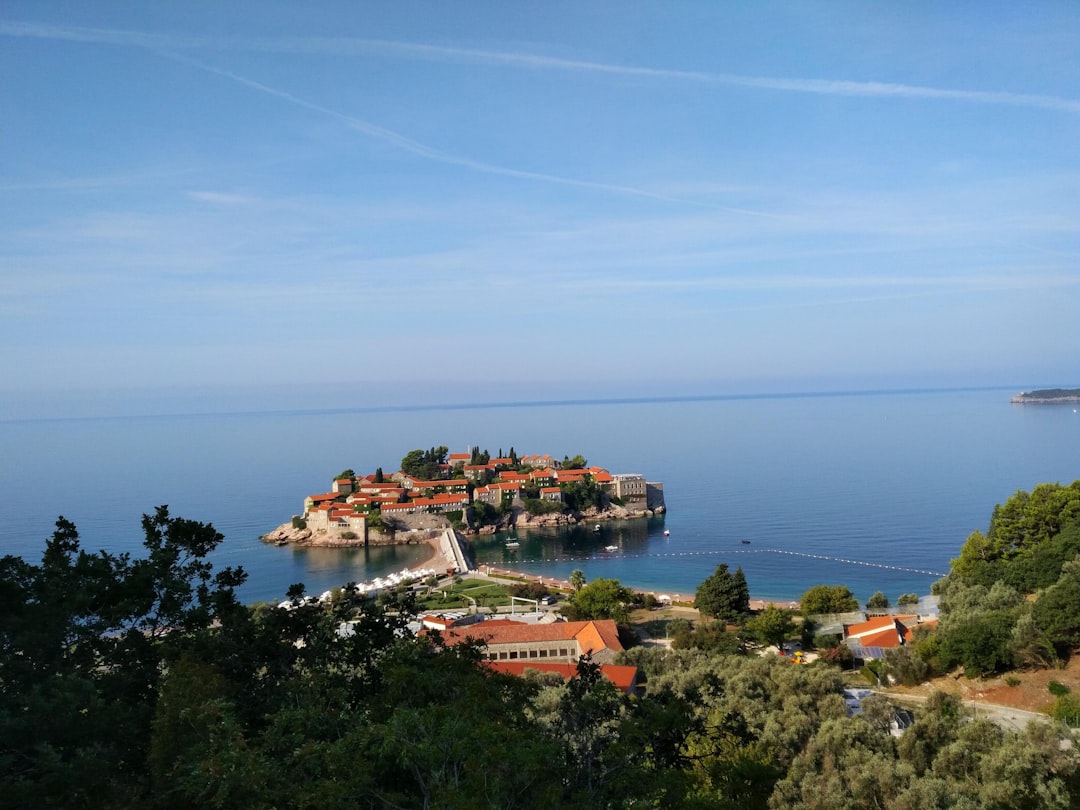Contents
Introduction
The Geography
The Roman Empire
The Byzantine Empire
Split Of Empires
Return Of The Byzantines
Second Return Of The Byzantines
The Rise Of The Ottomans
Concluding Remarks
Bitesize Edition
The region of the Balkans is often little known in the Western world, with the World Wars taking a prominent position in Western education. How many people know that World War One started in the Balkans? The entire process of World War One started with a rise in Balkan nationalism over a century before the start of World War One.
Including Albania, Bosnia and Herzegovina, Bulgaria, Croatia, Kosovo, Montenegro, North Macedonia, Romania, Serbia, Slovenia, and some regions of Greece and Turkey, the Balkans has a rich history. Many empires have risen from within the region, such as the Serbian and Bulgarian Empires, while some such as the Romans, Byzantines, and Ottomans have come from afar to control the territory.
As we continue our work on the conflicts we see in the world today, we’ll eventually get to discussing the conflict between Serbia and Kosovo. But we have to explain the events that got us there first, with many geopolitical tensions and issues rooted in the historical events. Today we start from the Roman Empire, covering until the start of the Ottoman Empire with the collapse of the Byzantines in 1453. There are lots of maps in this post detailing the differences in the geography of the Balkans over time which I hope aids the writing!
Introduction
As I continue the series on the hidden conflicts from around the world that exist today, we next head to the Balkans, and the conflict between Serbia and Kosovo. As always, the history that brought us to the present plays a huge part in shaping the present and seeking to understand potential future scenarios. Hence, today we start with a journey into the history of the Balkans.
The Geography
The modern-day Balkans consist of Albania, Bosnia and Herzegovina, Bulgaria, Croatia, Kosovo, Montenegro, North Macedonia, Romania, Serbia, and Slovenia. Regions of Greece and Turkey can also be included, depending on beliefs about where borders should fall.
The region is so named due to the mountain range running through Bulgaria, the Balkan Mountains, which are believed to have be named by the First Bulgarian Empire of the 7th century. More on them soon! The region has the Adriatic Sea to its northwest, the Ionian Sea in the southwest, the Aegean in the South, and the Black Sea to the northeast. It also has close proximity to the two straits of the Sea of Marmara, the Bosporus, and Dardanelles, both of which have been key security and trade advantages of previous empires centred on Istanbul, or Constantinople as it was known previously. Its natural harbour geography and its location as a link between Europe and Asia have ensured its strategic importance throughout history, and its defence has often been secured by holding the territory surrounding the city. This means the Balkans and modern-day Turkey, both of which are reoccurring topics of discussion in this history.
Two of the historic empires, the Byzantine, and Ottomans, hold rich histories in the Balkans, which we’ll discuss today and over the next few weeks. Before we get to that, we’ll start our history with the rise of the Roman Empire.
Keep reading with a 7-day free trial
Subscribe to Geopolitics Explained to keep reading this post and get 7 days of free access to the full post archives.



